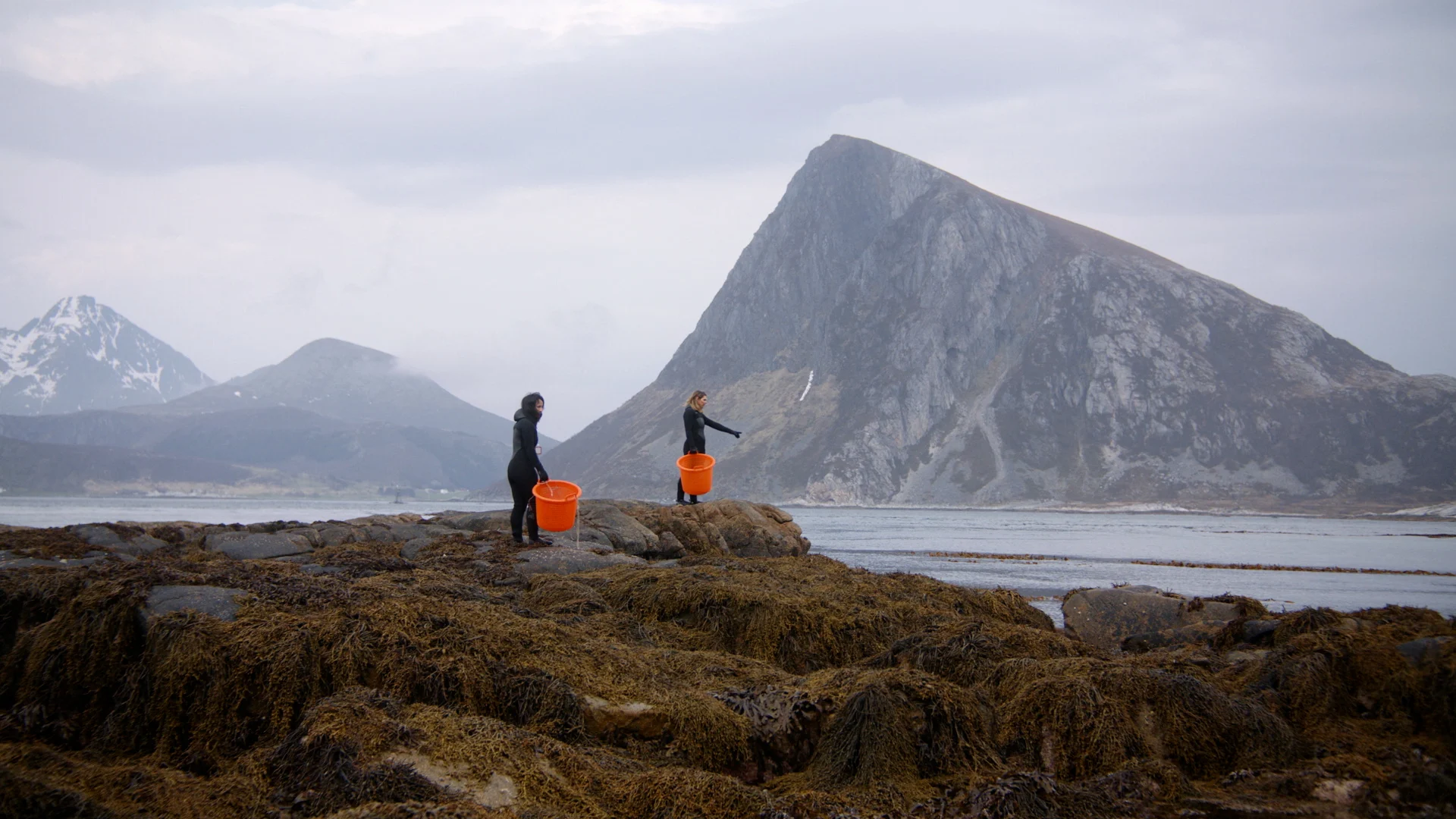
Dear Coast, from Lofoten Seaweed
When Angelita Eriksen and Tamara Singer decided to hand-harvest seaweed in Lofoten, the local fishermen thought they were “crazy”. This is the story of how these two women changed the fishermen’s minds.
The story of Lofoten Seaweed goes beyond sugar kelp, dulse, and nori. It’s about pushing boundaries, challenging traditional norms, and drawing communities together. It’s about the beauty and bounty of Norway’s coast. And it’s about being resilient, being bold, and inspiring others to do the same.
Napp is a tiny fishing village on the northern shores of Flakstadøya island in the picture-perfect Lofoten archipelago where jagged mountains plunge into the cold, abundant Norwegian Sea. This centuries-old community was built on skrei (Arctic cod), Norway’s oldest export. Fish farming is still a vital part of the economy and, for a dynamic part of the community, seaweed is becoming one, too.
“In the beginning, Tamara and I had a little boat with an outboard motor,” says Angelita, co-founder of Lofoten Seaweed and the daughter of a local fisherman. “As we set out to harvest the seaweed, the fishermen would stand on the quay shaking their heads and muttering, ‘What are they doing?’.”
As a female-led business, Lofoten Seaweed is something of an anomaly in the “extremely masculine environment” of Northern Norway’s fisheries. Add in the fact that the business is built on seaweed, usually seen as a nuisance by fishermen, and Lofoten Seaweed’s success is even more remarkable.
Yet, eight years after Tamara and Angelita first went out to harvest seaweed in that tiny boat, Lofoten Seaweed employs eight people, squads of seasonal workers, and even a couple of local fishermen who bring generations of local seafaring knowledge to the team.
But the road to acceptance among the fishing community hasn’t been wrinkle free.
After just a few years, Angelita tells us, “We had a bigger boat and more people working for us. We were doubling our harvest and increasing our production.” Lofoten Seaweed was becoming a force to be reckoned with.
So when some seasonal workers helped refresh the local facilities and painted the door to Lofoten Seaweed’s premises pink in the process, Angelita knew that if Lofoten Seaweed was going to be taken seriously, that door couldn’t be pink.
“I didn’t like it. I know the culture here, how people communicate, and I wanted to be taken seriously. I didn’t want that pink door to be reminding them of ‘the girly business’ behind it. We are a mostly female team with just one male employee, so the fishermen were looking at us with a mix of seriousness and scepticism. I made them re-paint that pink door. And as we’ve worked side by side with the fishermen over the years – we work in old fishery rooms and hire facilities outside of the winter fishing season – they have opened up and let us in.”
At the same time as Angelita and Tamara were growing their business, the benefits of seaweed for health and for the environment began to hit the headlines. Angelita and Tamara started to focus more on their communications and PR. Interest in Lofoten Seaweed grew. The fishermen started to take notice.
“They were more and more curious,” says Angelita. “There’s one particular moment when I knew we'd cracked them. The local fishermen have their own organisation with regular meetings down in the harbour. One day, they were standing there as I walked past to my drying room, and they said, ‘Angelita, we really believe in what you're doing. It's the future. Please let us know if you need any help.’ I still feel moved when I think of it.”
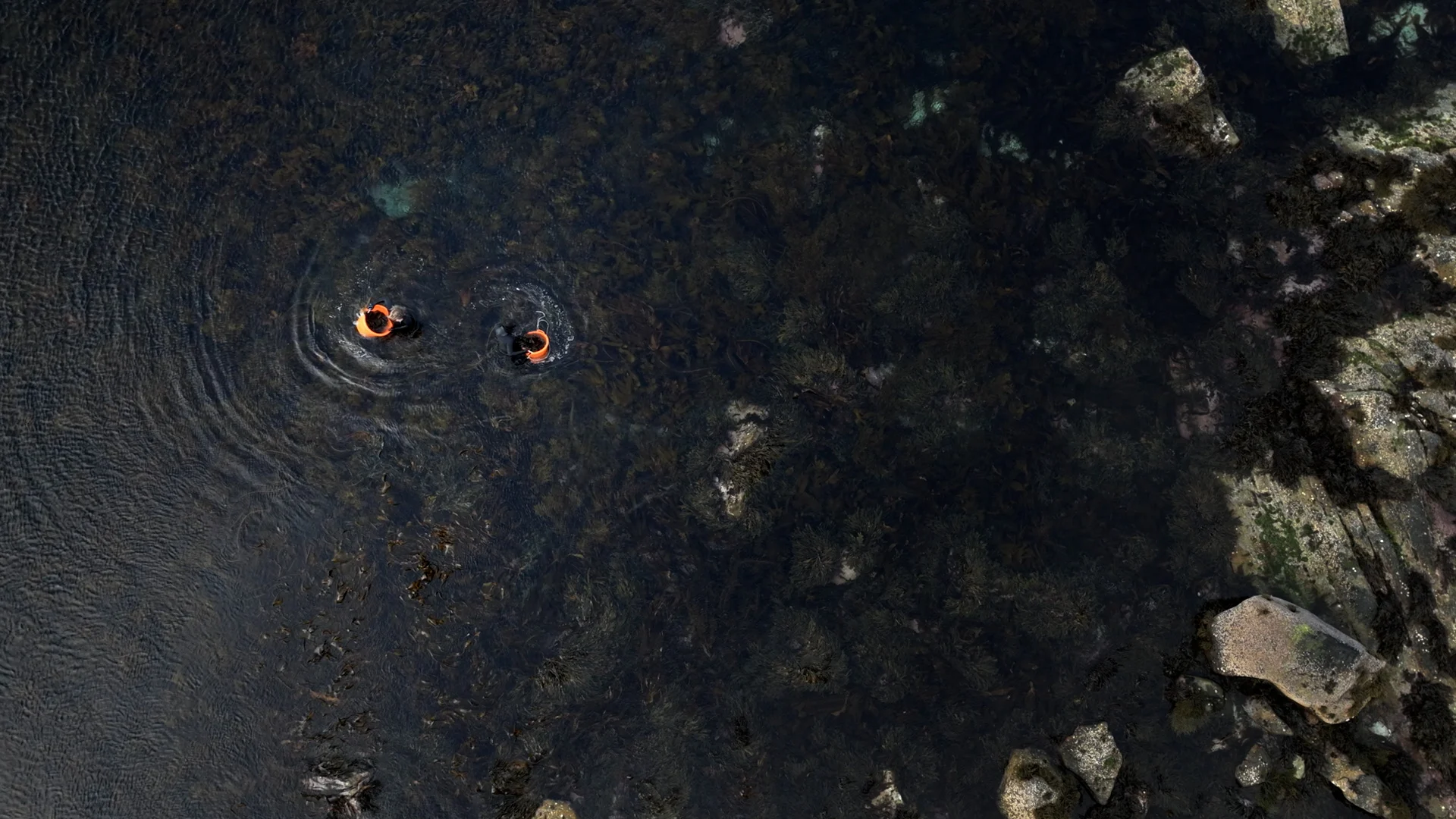
Even with this growing acceptance, Angelita and Tamara didn’t want to conform to the traditions of the primarily male fishing industry. Lofoten Seaweed is proudly female led and part of a long history of women in seaweed cultivation.
“I was surprised when I started researching seaweed. I went to Ireland to study it and, as my knowledge grew, I realised there are so many women in this industry, and there always have been,” Angelita tells us. Why is that?
“I think it goes back to when men were the hunters and we were the gatherers. Traditionally, women were in charge of the farms. These women could cut the seaweed while staying close to their families. It’s something they could do while the men were out fishing. I’m proud to be a part of that long history of women and seaweed.”
“When you're out cutting seaweed, you feel at one with the ocean. You can feel the water hugging you, you can feel the seaweed swaying around you, you can smell it, you can feel the coolness of it. It’s very tactile. When I'm out there, I feel free.”
Making sure the process is sustainable is a vital part of production for Lofoten Seaweed. Angelita and Tamara have a series of protocols in place to ensure they rotate the patches they harvest, and they always leave enough for full regrowth and to protect the small marine creatures that live and grow among its stems.
“Seaweed harvesting is nurturing. When you spend so much time in the water and get so much from it, you care even more about what’s under the surface. You have a relationship with the ocean, so you want to protect it. That's why our sustainability work is so important to me.”
None of Lofoten Seaweed’s story would have been possible without the strong partnership it is built on. While Angelita grew up in Lofoten, Tamara grew up in New Zealand, eating seaweed on an almost-daily basis, thanks to her Japanese mother.
“Tamara and I have been best friends for years,” says Angelita. “We couldn’t have done this without each other. Our friendship and the success of our business is built on love and respect for the different qualities we have. Tamara is the networker with a great attention to detail. She looks after quality, contracts, and negotiations. I am the visionary and I have a ‘go go go’ energy. I didn’t know anything about seaweed to begin with, but I knew about the nature of the ocean. And my dad teaches me more all the time, like Tamara’s mother helps us bring out the taste by drawing on the long Japanese tradition of using seaweed.”
Apart from fresh and dried seaweed, Angelita and Tamara also add the ‘blue food’ to chocolate, salt, and even soap and shampoo. Their popular products are found all over Norway, including on Hurtigruten’s ships where they’re used in the menu, in the bathrooms, and sold in the onboard shop.
In 2022, Angelita and Tamara beat 80 other suppliers to win the Hurtigruten Group Norway Partner Award. They're well on their way to win even more awards as they continue to grow, excelling in seaweed, solidarity, and sustainability.
Learn more about our suppliers
Lofoten Seaweed are just one of the 50 local suppliers we work with up and down the Norwegian coast. You can look forward to trying their produce first hand during your voyage with us, savouring Norway's many flavours with every sip and every bite.
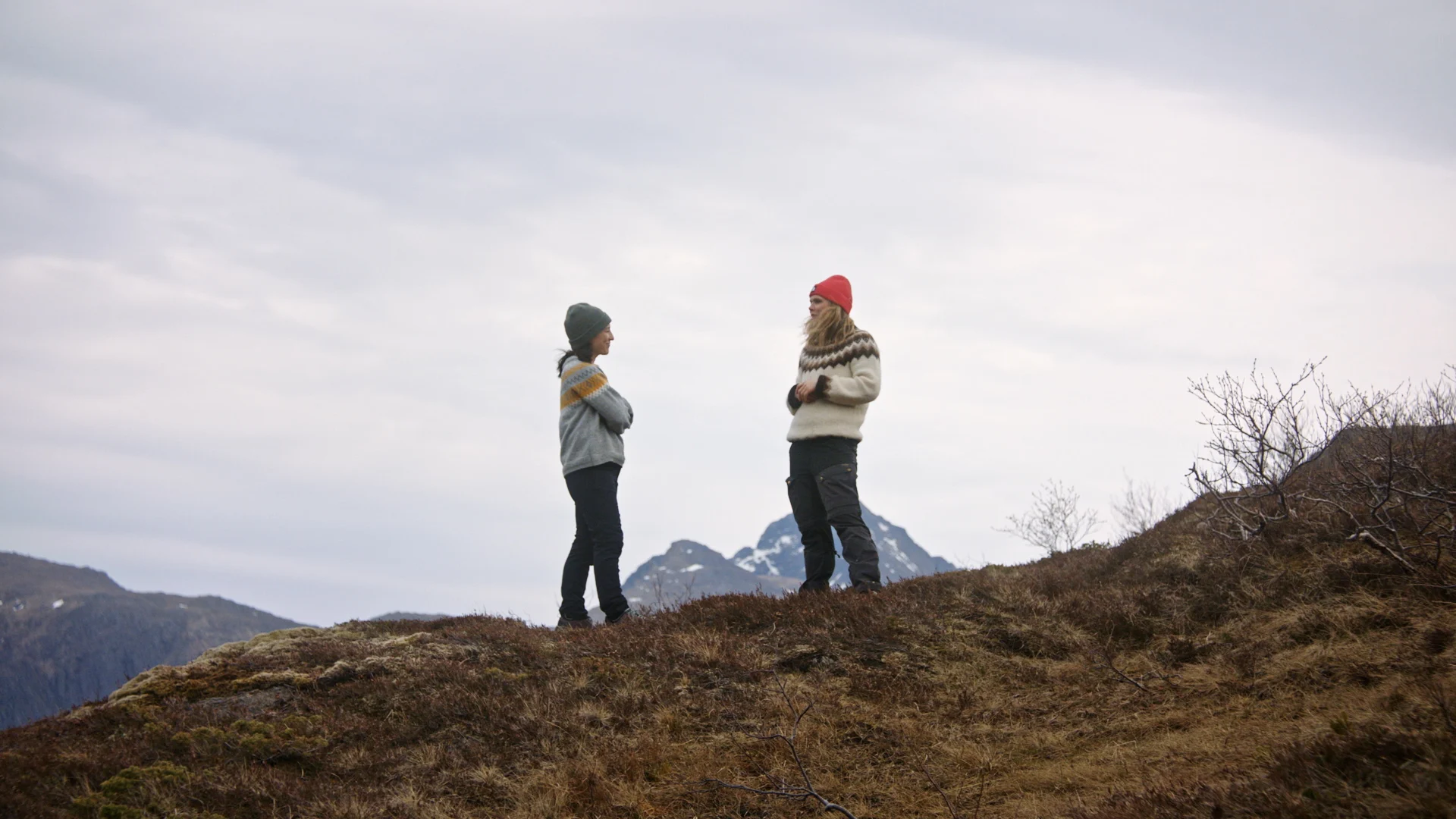
Explore the Lofoten Islands with Hurtigruten
- Multiple offers
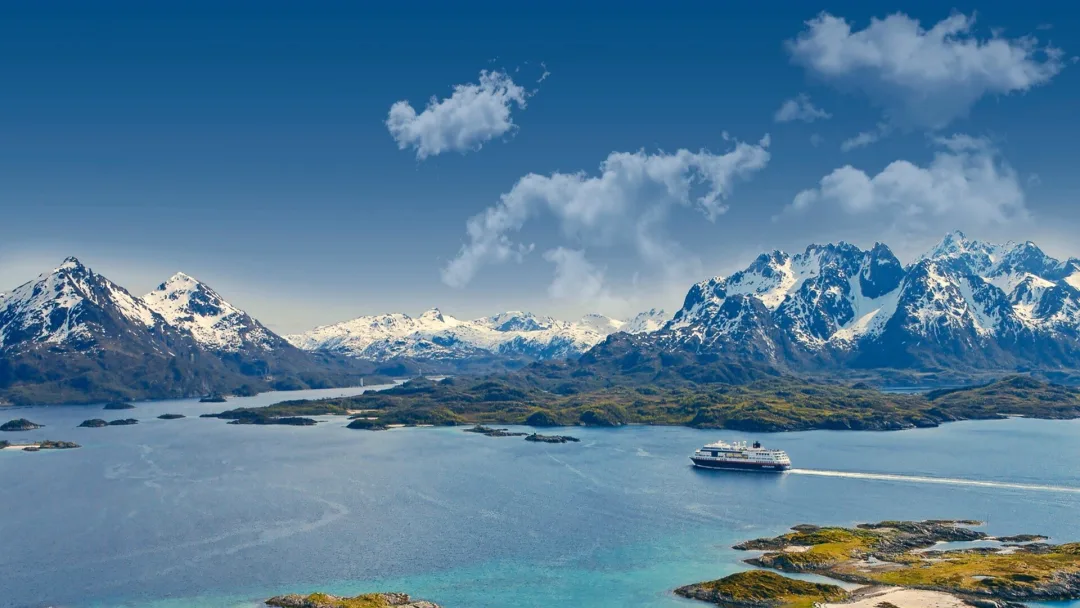
Roundtrip Voyage from Bergen | Explore Norway’s Coastline
Route
Bergen - Kirkenes - Bergen (Roundtrip)
Departure Dates
Regular departures - 12 days
Price from $1,853
$1,575
Ships
Multiple
- Multiple offers
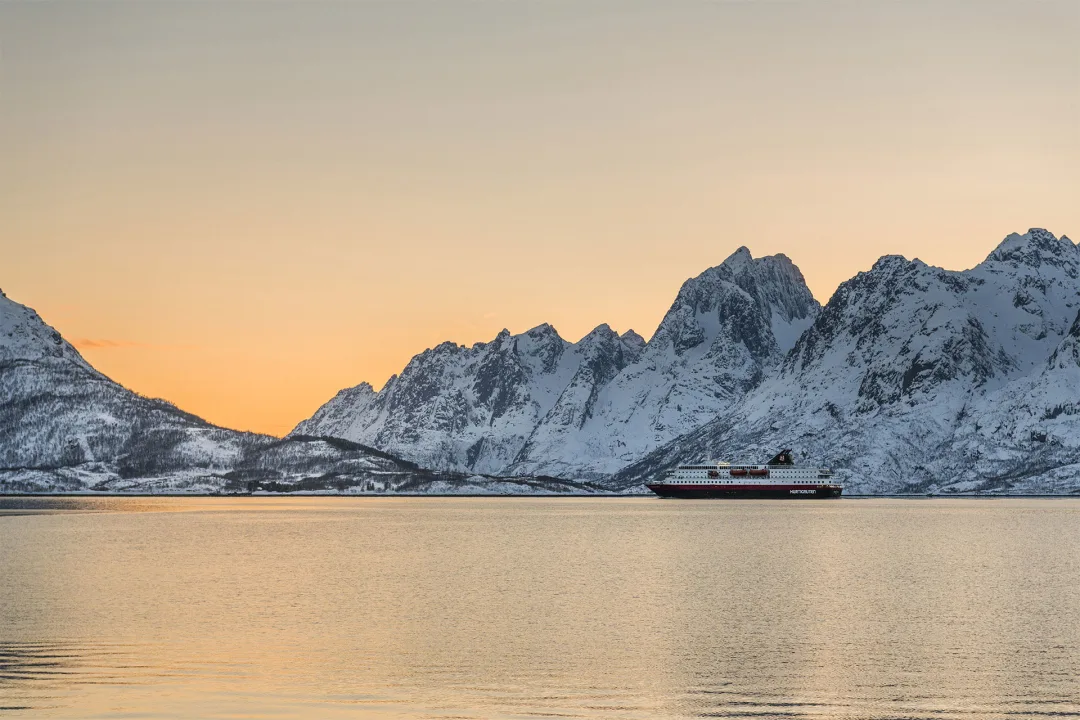
11-Day Norwegian Voyage | Bergen - Kirkenes - Trondheim
Route
Bergen - Kirkenes - Trondheim (Roundtrip)
Departure Dates
Regular departures - 11 days
Price from
$3,796
Ships
Multiple
- Multiple offers

7-Day Norwegian Voyage: Northbound | Bergen to Kirkenes
Route
Bergen - Kirkenes (Northbound)
Departure Dates
Regular departures - 7 days
Price from $1,260
$1,071
Ships
Multiple